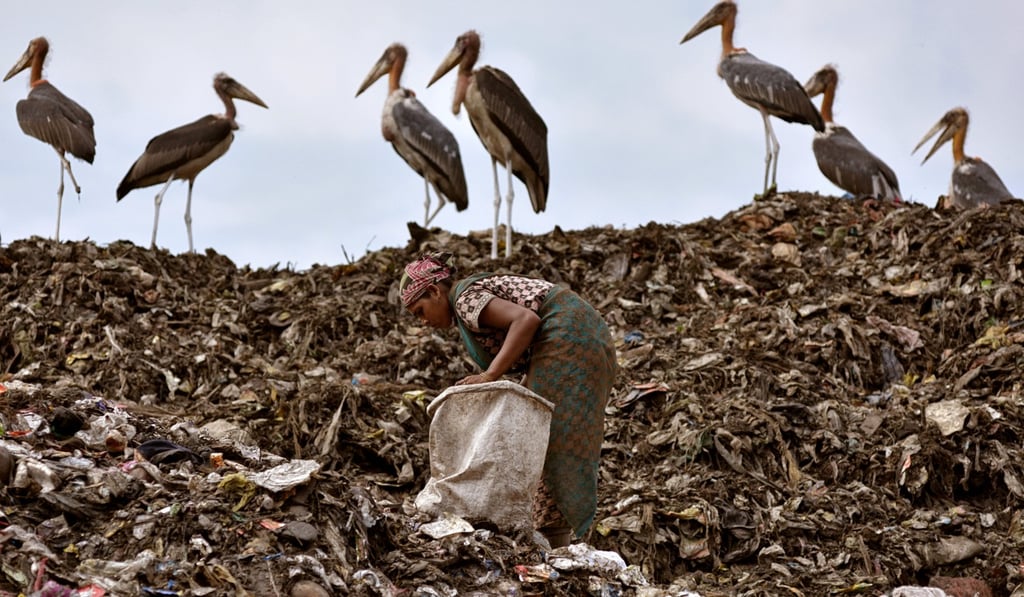Abacus | Rahul Gandhi’s plans to end Indian poverty work economically, just not politically
- The Congress leader wants to introduce a ‘quasi-universal basic rural income’
- The figures add up, but a very vocal minority stands to lose

In recent weeks, each has rolled out plans to ramp up public welfare spending on the country’s rural poor. But while some of these are simply the same old failed policies warmed up and worked over, others are remarkably innovative – and make sound economic sense.
But the government’s budget looked stale and unimaginative next to proposals from Congress leader Rahul Gandhi, who promised nothing less than to end hunger and poverty by introducing a government-funded universal basic income for the country’s rural poor.

The problem India’s politicians face is that two-thirds of the country’s voters – and of its electorate – live in the countryside, where incomes are not only half those in its cities, they are far more precarious. In a lean year with a poor monsoon, crops fail and farmers’ incomes suffer. In a fat year with a good monsoon, the superabundance of crops hammers prices – and farmers’ incomes suffer. And when farmers’ incomes suffer, the entire rural economy suffers.

